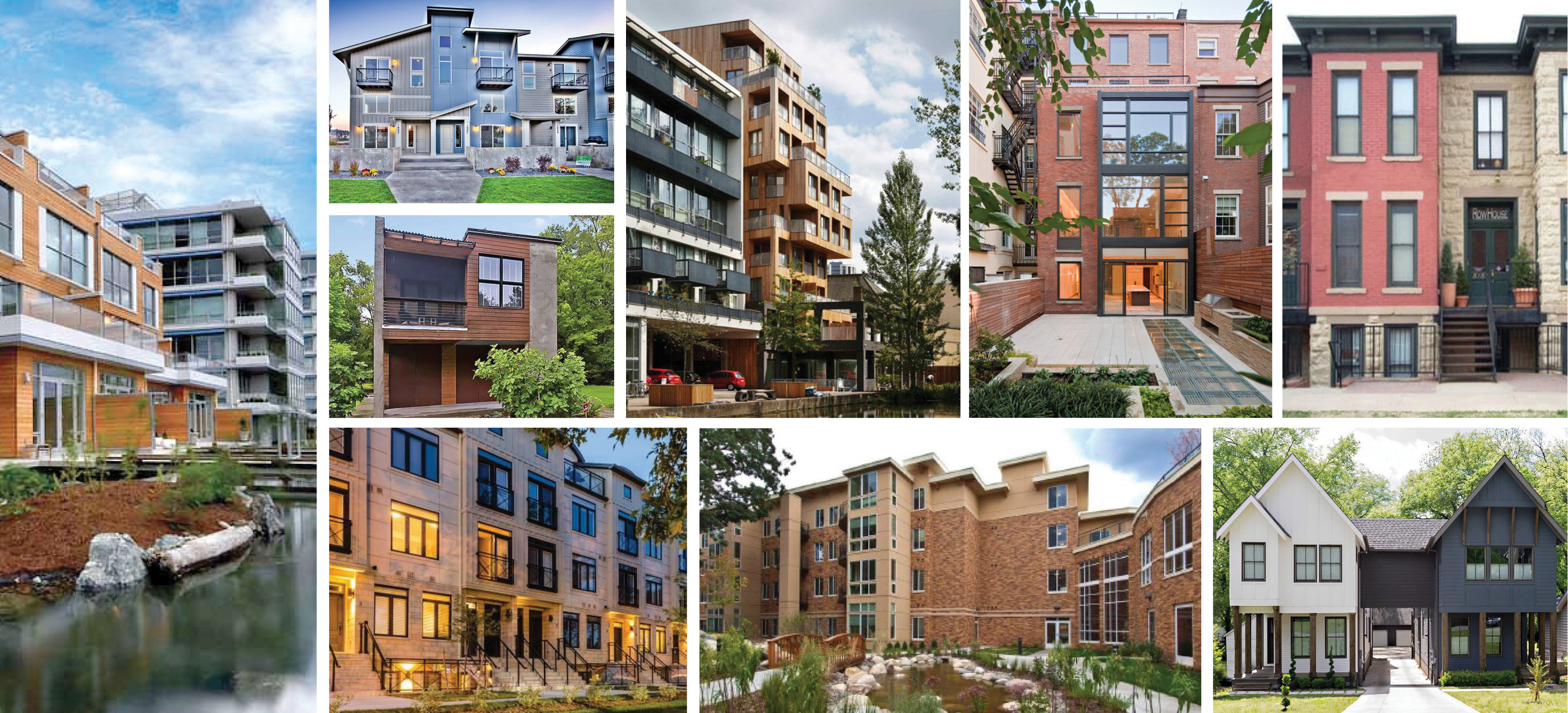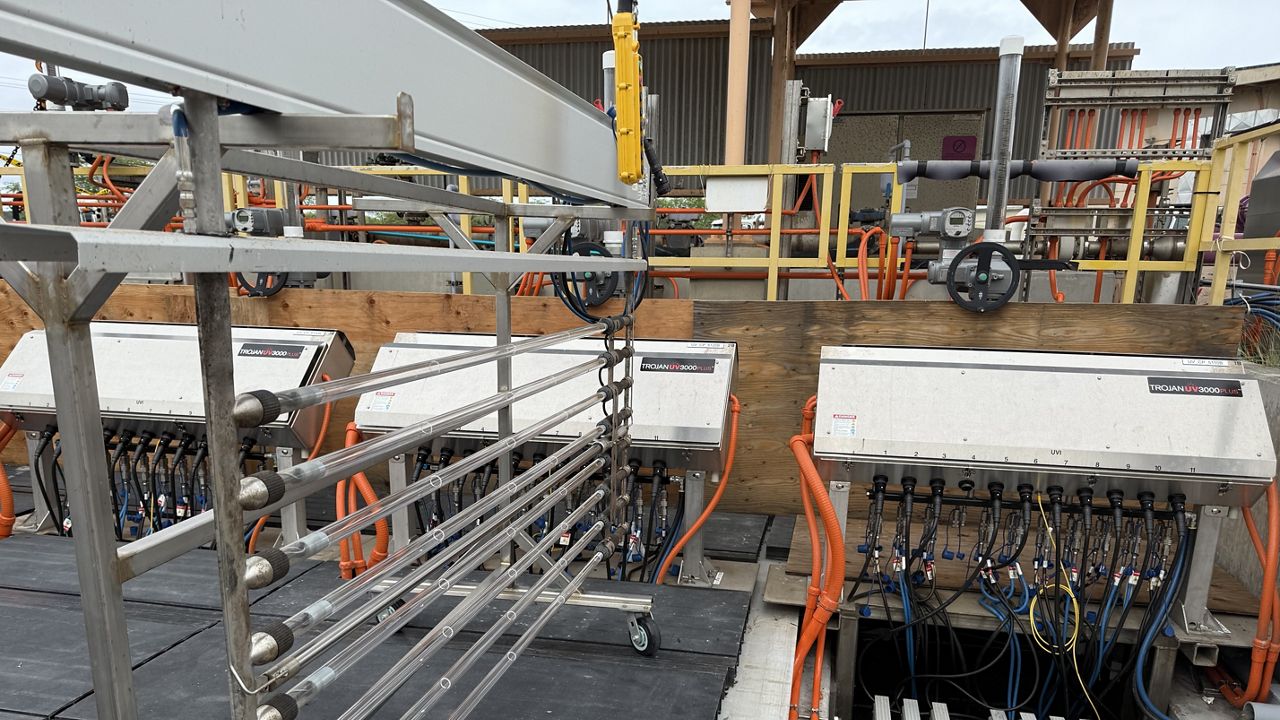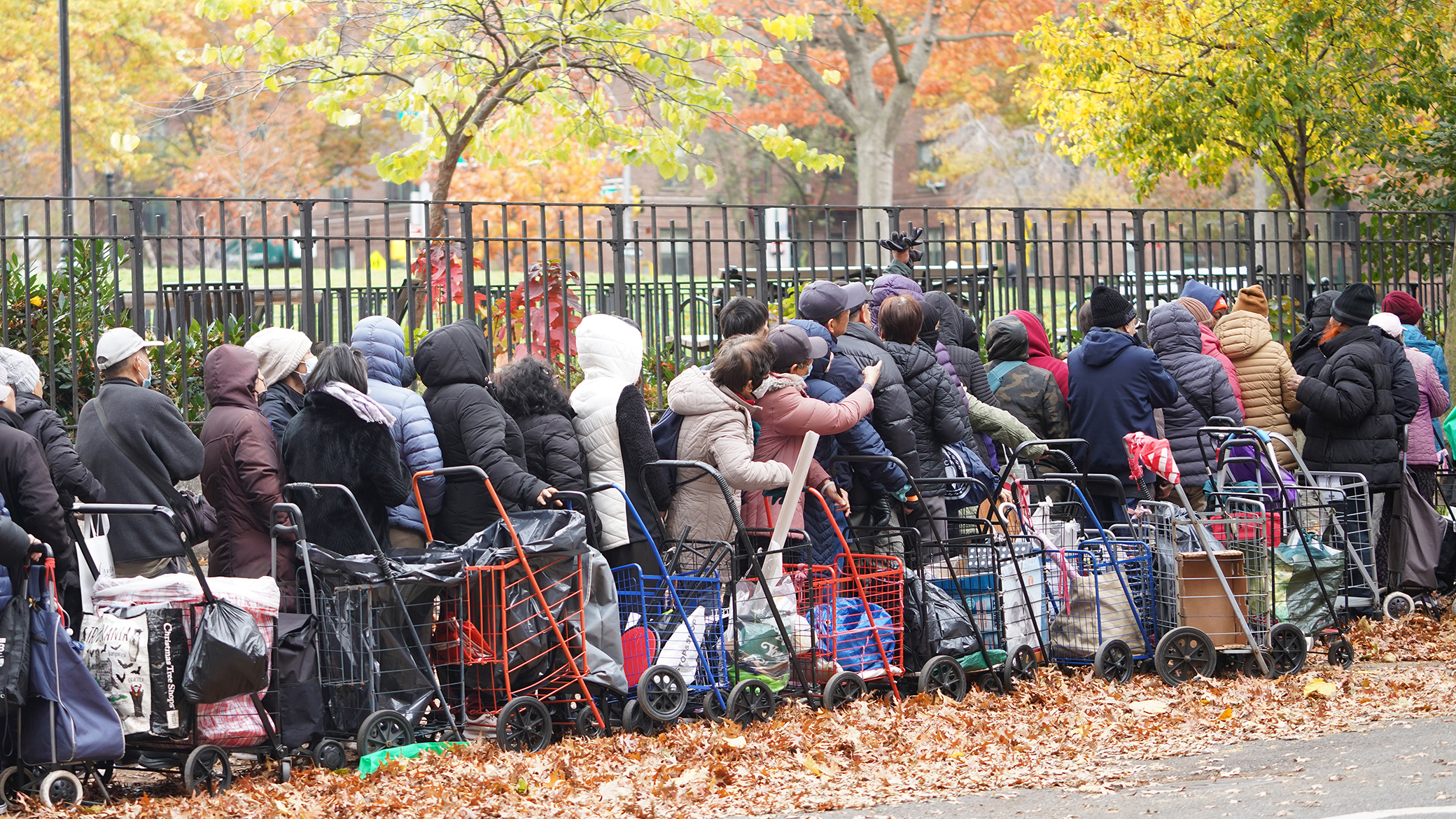Mediation/Concilliation Mechanisms in Türkiye
Proportion of files involved in mediation/conciliation mechanisms that ended by conciliation/agreement

Türkiye has been doing their part and more to set up a more bright and sustainable future for the next generations not only in Türkiye but also in the world in alignment with SDGs. One of the goal of the SDGs is goal 16 which promotes peaceful and inclusive societies for sustainable development, provide access to justice for all, and build effective, accountable, and inclusive institutions at all levels. Goal 16 is divided into 12 sub-goals. This article focuses on the 16.3 target which is to promote the rule of law at the national and international levels and ensure equal access to justice for all in terms of analyzing the files involved in mediation/conciliation mechanisms that ended by conciliation/agreement.
The proportion of files involved in mediation/conciliation mechanisms ended by conciliation between 2017 and 2022 is in sequence %49.4(2017), %50.2(2018), %52.7(2019), %51.8(2020), %49.2(2021), %47.7(2022). In addition, diving into the data on a regional basis is considered the same proportion as a whole country. In terms of Akdeniz Region, The proportion of files involved in mediation/conciliation mechanisms ended by conciliation between 2017 and 2022 is in sequence %49.6(2017), %49.3(2018), %52.3(2019), %52.4(2020), %49.9(2021), %46.7(2022). In terms of Ege Region, the proportion of files involved in mediation/conciliation mechanisms ended by conciliation between 2017 and 2022 is in sequence %49.8(2017), %52.8(2018), %53.9(2019), %53.4(2020), %51.5(2021), %48.9(2022). In terms of Doğu Anadolu Region, the proportion of files involved in mediation/conciliation mechanisms ended by conciliation between 2017 and 2022 is in sequence %60.3(2017), %62.5(2018), %61.2(2019), %59.3(2020), %55.3(2021), %54.2(2022). In terms of İç Anadolu Region, the proportion of files involved in mediation/conciliation mechanisms ended by conciliation between 2017 and 2022 is in sequence %49.4(2017), %50.1(2018), %53.1(2019), %51.3(2020), %47.9(2021), %47.8(2022). In terms of Güneydoğu Anadolu Region, the proportion of files involved in mediation/conciliation mechanisms ended by conciliation between 2017 and 2022 is in sequence %57.9(2017), %57(2018), %57.9(2019), %59.1(2020), %55.8(2021), %52.3(2022). In terms of Karadeniz Region, the proportion of files involved in mediation/conciliation mechanisms ended by conciliation between 2017 and 2022 is in sequence %54.3(2017), %54.4(2018), %55.9(2019), %54.2(2020), %51.6(2021), %50.4(2022). In terms of Marmara Region, the proportion of files involved in mediation/conciliation mechanisms ended by conciliation between 2017 and 2022 is in sequence %43.7(2017), %44.6(2018), %48.5(2019), %47.5(2020), %45.4(2021), %44.6(2022). This indicator complements the other indicators of 16.3 which focus on rates of pretrial detention and reporting of victimization and thereby provides a more holistic picture of people’s ability to access justice mechanisms across a wide range of disputes.
The data indicates some advantages. First, It is people-centred, as it measures the experience of justiciable problems from the perspective of those who face them. Second, it provides a broad assessment of people’s approach to address problems they face, both inside and outside of formal institutions or mechanisms. Third, it focuses on experience of accessing justice mechanisms or institutions when in need. Then, it is well suited to monitor public policies aimed at improving the functioning of formal or informal dispute resolution mechanisms and to those aimed at empowering the population.
To sum up, the data shows that the proportion of files ended by mediation/conciliation stays at the same level. It indicates that Türkiye has to make progress to develop itself to meet GOAL 16.3.3 of SDGs. It needs the amendment which shall be a tendency to be involved a range of different law sub-heads from motivation for people to end their case by mediation/conciliation. On the other hand, the percentage of ending by mediation/conciliation shall be considered encouraging at all.
What is Your Reaction?
 Like
1
Like
1
 Dislike
0
Dislike
0
 Love
0
Love
0
 Funny
0
Funny
0
 Angry
0
Angry
0
 Sad
0
Sad
0
 Wow
0
Wow
0











































































